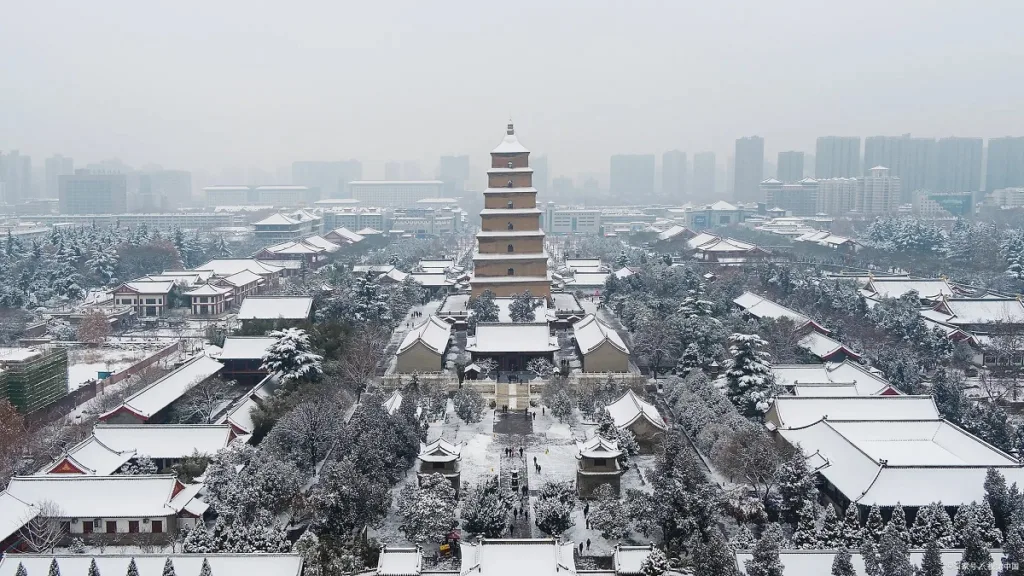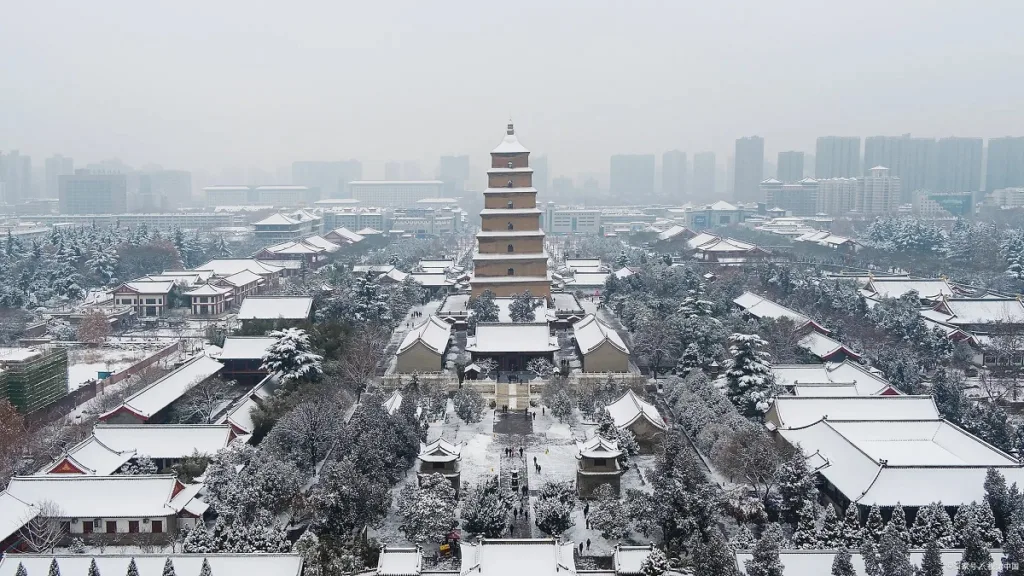When did Chang’an become Xi’an?


Xi’an (西安), known as Chang’an (长安) in ancient times, underwent a significant transformation in the year 1369 during the Ming Dynasty. But the story of its evolution stretches back centuries, rooted in the rich tapestry of Chinese history.
The narrative begins in 202 BCE when Emperor Gaozu of Han, Liu Bang, established the Han Dynasty after unifying China. Advised by eminent figures like Zhang Liang and Lou Jing, Liu Bang chose the fertile and prosperous Guanzhong region as the site for his capital, which he named Chang’an.
Chang’an was a name imbued with authority and auspiciousness, symbolizing enduring stability. Both the Han and Tang dynasties, which used Chang’an as their capital, enjoyed considerable power and longevity. The Han Dynasty, including its Western and Eastern periods, lasted for an impressive 406 years, making it the longest-lasting unified dynasty in ancient China. Similarly, the Tang Dynasty boasted a reign of 289 years, surpassing most other unified dynasties in duration.
However, during the tumultuous periods of the Five Dynasties and Ten Kingdoms and the Song Dynasty, Chang’an lost its status as the capital, leading to a decline in its political significance. In the Song Dynasty, it was subordinate to Jingzhao Prefecture.
During the Yuan Dynasty, Chang’an saw a revival of sorts under the governance of Anxi Wang, one of Kublai Khan’s sons. The splendor of Anxi Wang’s palace and the favor he enjoyed from Kublai Khan contributed to a resurgence of Chang’an’s prosperity. However, after Anxi Wang’s demise, his son Ananda’s failed bid for the throne led to the abolishment of the Anxi Kingdom, and Chang’an’s administrative status was changed to Fengyuan Prefecture.
The turning point for Chang’an came with the rise of the Ming Dynasty and the ascension of Zhu Yuanzhang, who later became known as the Hongwu Emperor. Zhu Yuanzhang initiated a peasant uprising, overthrowing the Yuan Dynasty and establishing the Ming Dynasty in 1368. In March 1369, his general Xu Da marched into Chang’an and renamed Fengyuan Prefecture to Xi’an, marking the official transition from Chang’an to Xi’an. This decision was pivotal in shaping the city’s identity for centuries to come.
There are two prevailing theories behind Zhu Yuanzhang’s choice to rename Chang’an as Xi’an. One theory suggests that during the Han Dynasty, there was a gate in the southern wall of Chang’an called the West Peace Gate (Xi’an Gate), which was located close to the imperial palace and was generally off-limits to commoners. Renaming the city as Xi’an was seen as a homage to the glorious eras of the Han and Tang dynasties. The second theory relates to the Yuan Dynasty’s establishment of the Anxi Circuit. By simply reversing the order of the characters in “Anxi,” it becomes “Xi’an,” presenting a straightforward and convenient method for naming the city.
Thus, the renaming of Chang’an to Xi’an in 1369 marked a significant moment in the city’s history, reflecting both continuity with its illustrious past and the dawn of a new era under Ming rule. From that point onward, Xi’an has remained a symbol of China’s rich cultural heritage and historical legacy, preserving echoes of its ancient glory amidst the passage of time.